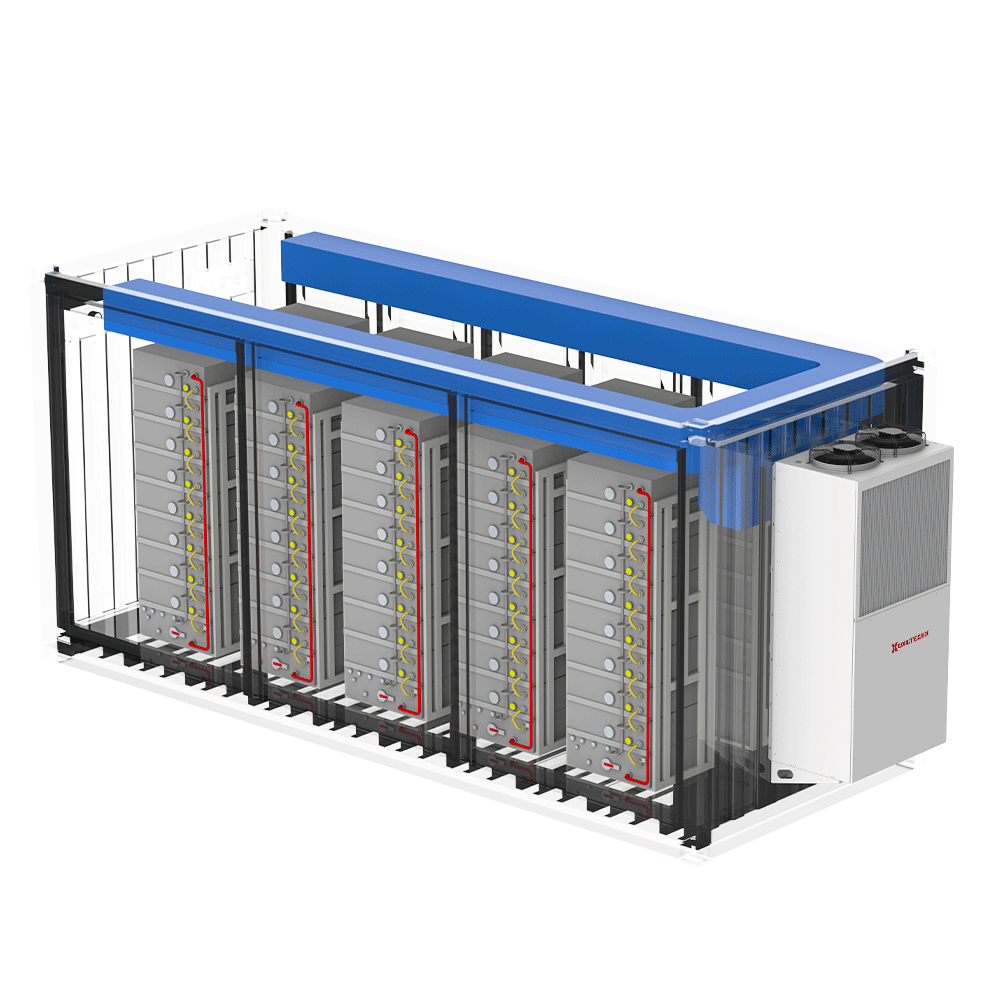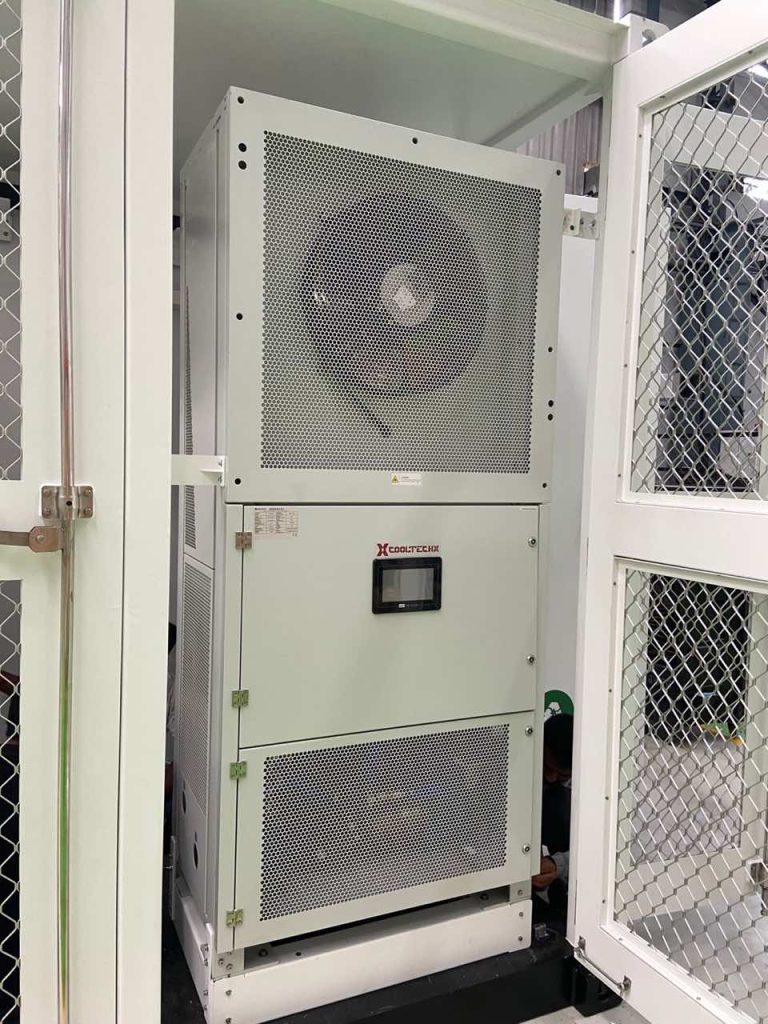Commercial building electricity costs in the U.S. have increased by about 20.5% from April 2019 to April 2024, according to data from the U.S. Energy Information Administration, with costs varying substantially by geographic region.
For commercial buildings and other large power consumers, however, focusing solely on the average price of electricity can lead to missed opportunities for potential savings.
The cost of electricity is based mainly on two components: the price of generating the power and the price of capacity, which is the infrastructure required to generate, transmit, and distribute power to consumers. Both generation and capacity costs are time-dependent. For example, renewable energy is free to generate but not always available. And infrastructure prices vary with demand: They can be negligible during off-peak hours but skyrocket during peak times.

These factors can drive significant cost differences in electricity throughout the day. For instance, California’s high solar generation during daylight hours may exceed demand in certain seasons, resulting in low energy prices. However, after sunset, when that electricity is not available, prices rise sharply. The hours around and just after sunset are times of peak demand, when both commercial and residential consumption overlap, causing capacity prices to spike as well. These factors create major, sometimes multifold, intraday price differentials. Consequently, energy bills today can be more influenced by when the electricity is consumed rather than the amount used.
Utilities’ standard rate plans average these varying daily costs and bundle prices into tiers: peak, off-peak and sometimes super off-peak. While average price projections show gradual escalation, they mask important trends: Peak energy prices are expected to rise sharply, whereas off-peak prices are forecast to decline. The gap between peak and off peak prices is widening much faster than average prices are growing. For example, California’s electricity costs for some peak hours are projected to rise nearly 50% from 2024 to 2044, according to the California Public Utilities Commission’s 2022 Avoided Cost Calculator. Meanwhile, electricity costs for some off-peak hours are projected to fall more than 50% in that time. That means the intraday difference in pricing will grow almost threefold in the next 20 years. Therefore, when making decisions about energy use, buildings can save money when they can shift their consumption as much as possible to lower-cost hours.
This price differential is driving the demand for on-site energy storage, which can help mitigate the impact of higher time-based electricity costs, saving buildings money and reducing their carbon footprint.




